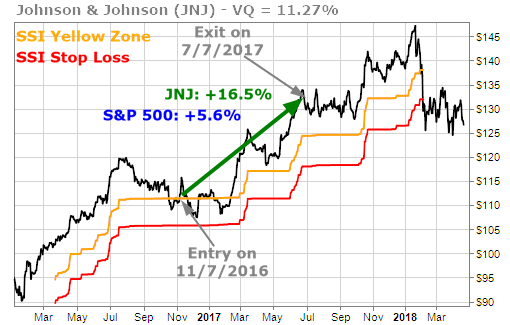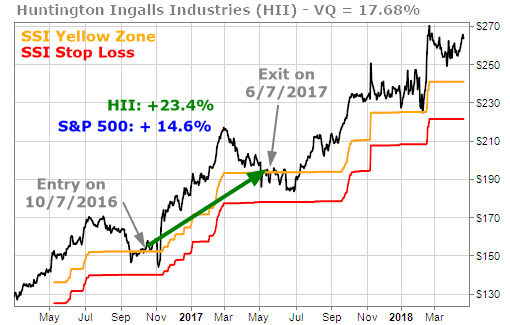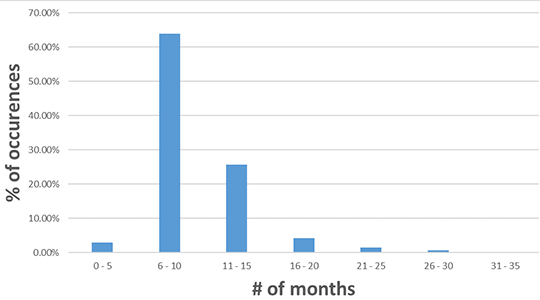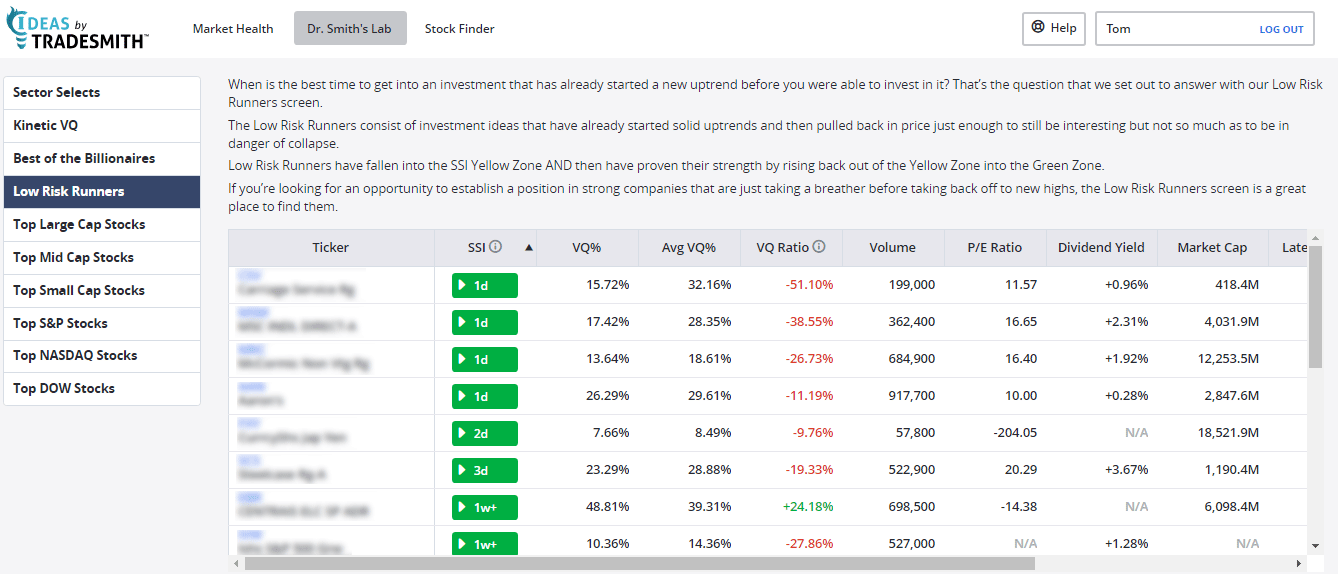Last week, we introduced you to the “Low Risk Runners.” These are stocks that have moved from the Stock State Indicator (SSI) Yellow Zone back into the SSI Green Zone.
For those who are new to TradeStops, a stock in the SSI Yellow Zone has corrected from its most recent high, but it has not yet hit its SSI Stop signal. It is still within its normal range of volatility.
There are two advantages of investing in a stock when it moves from the SSI Yellow Zone back into the SSI Green Zone.
- A stock in the SSI Yellow Zone is still within its normal range of volatility;
- A stock in the SSI Yellow Zone only has half the downside risk compared to a stock that has just entered the SSI Green Zone for the first time.
We call these “Low Risk Runner” stocks. They have the potential to move considerably higher while taking a smaller amount of risk than normal.
We showed you that buying a stock after it has moved from the Yellow Zone into the Green Zone could be very profitable. This strategy still utilizes a triggered SSI Stop as its exit strategy.
There’s a second “Low Risk Runner” strategy that is also very profitable. We used the same database of 936 stocks that we used for the first study. It still takes advantage of buying a stock when it re-enters the SSI Green Zone from the SSI Yellow Zone. But this strategy is riskier. It’s not for everyone.
With this strategy, our exit strategy is based on time, not on a trailing stop.
That’s right – we’re not using a trailing stop with this strategy.
The strategy is very simple. Once the stock has moved from the Yellow Zone into the Green Zone, we want to sell the stock 8 months later.
Here’s an example of what we mean. Johnson & Johnson (JNJ) moved lower into the SSI Yellow Zone in October 2016 and re-entered the SSI Green Zone on November 7th. The price of JNJ at that time was $112.21. We would have exited the trade on July 7th, 2017 at a price of $130.07. That’s a gain of almost 16% on a stock that has a Volatility Quotient (VQ) of only 11.3%.

Huntington Ingalls Industries (HII) moved into the SSI Yellow Zone in September 2016 and moved back into the SSI Green Zone on October 7th when the stock was trading at $152.54. Eight months later, on June 7th, 2017, HII was trading at $188.25 for a nice gain of 23.4%.

The backtested statistics are strong. The first Low Risk Runners strategy has almost 46% winning trades with the winners outperforming the losers by a 5-1 margin. That’s an average gain of over 20% per trade.

The second strategy we presented today–buy and hold for 8 months–has a winning percentage of 66%, and the winners outperform the losers by a margin of 1.5-1. That’s an average gain of more than 10% for every trade made.
Why did we choose 8 months as our exit point? Over a year ago, we wrote an article that focused on how long it takes a stock to move 1 VQ higher. In that article, we presented this table that shows for the vast majority of time, it takes 6-10 months for a stock to move higher by 1 VQ.

From this data, we chose 8 months as the midpoint for our testing.
You can find the “Low Risk Runners” strategy featured in our new Ideas by TradeSmith.

Currently, we’re researching an options trading strategy that uses the Low Risk Runner stocks as its basis. The preliminary results are exciting. We plan to share this strategy with you in the near future.
For more information about becoming an Ideas by TradeSmith member, call our Customer Success Team at 866-385-2076. They’re happy to help you Monday – Friday from 9am to 5pm Eastern.





